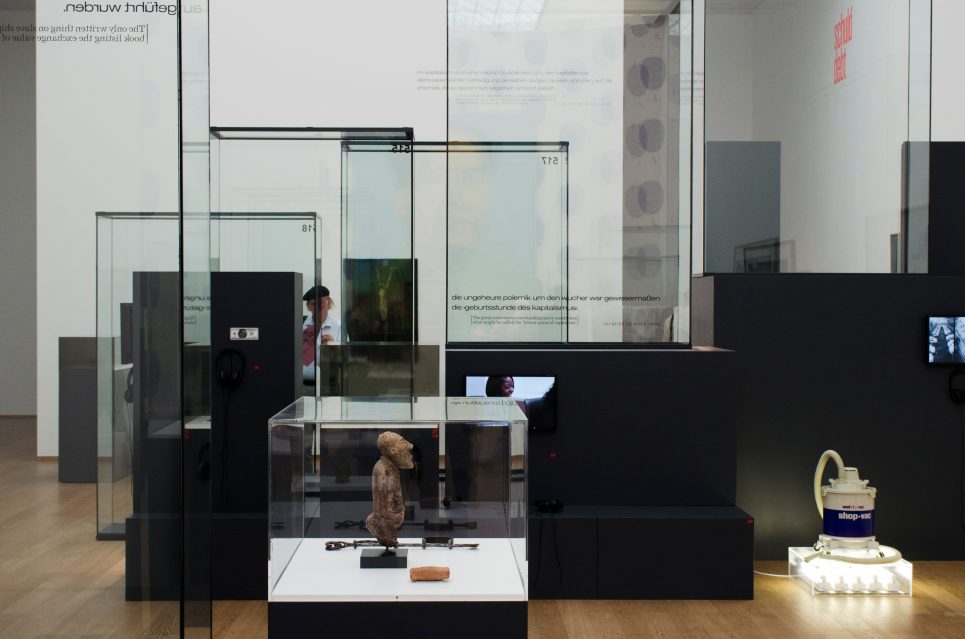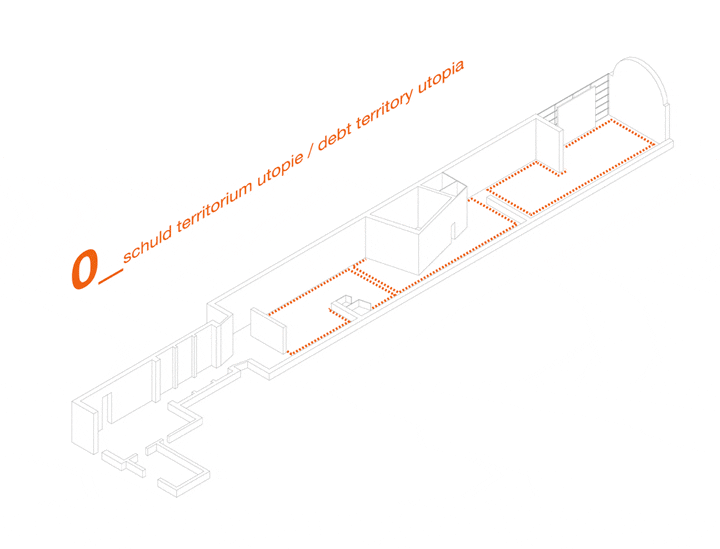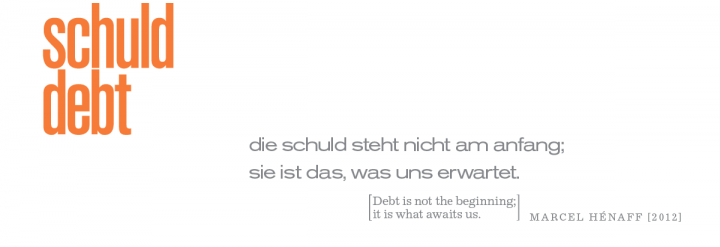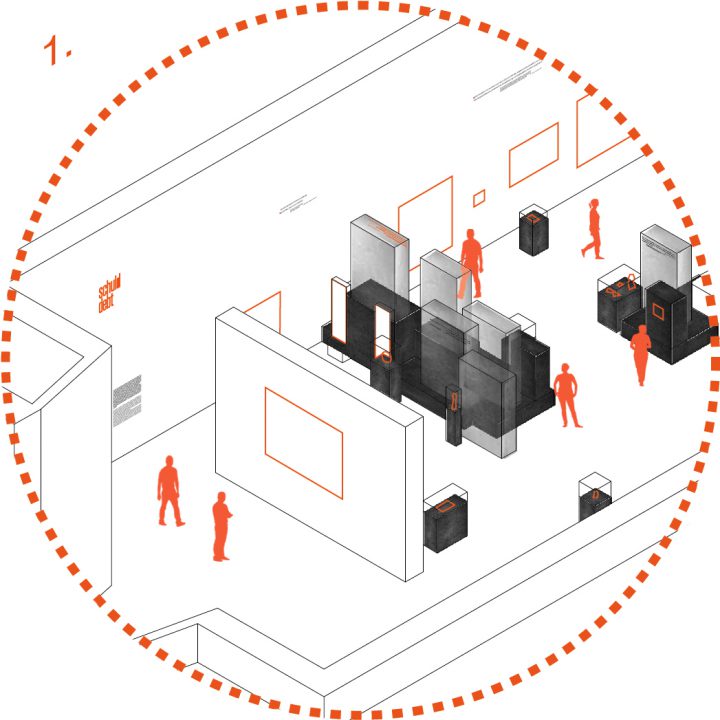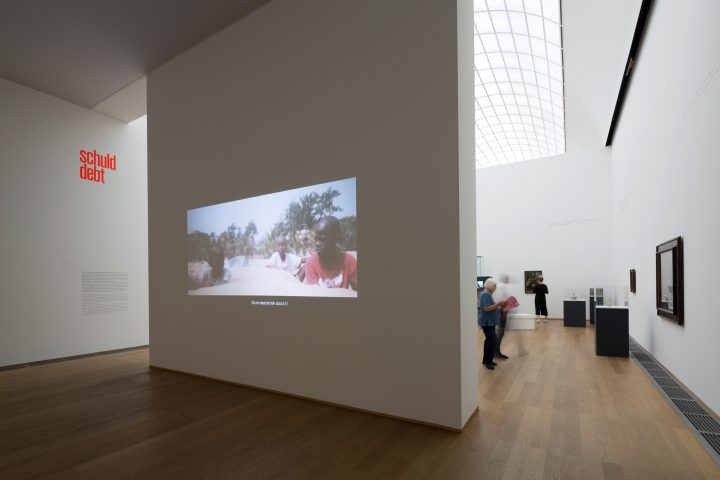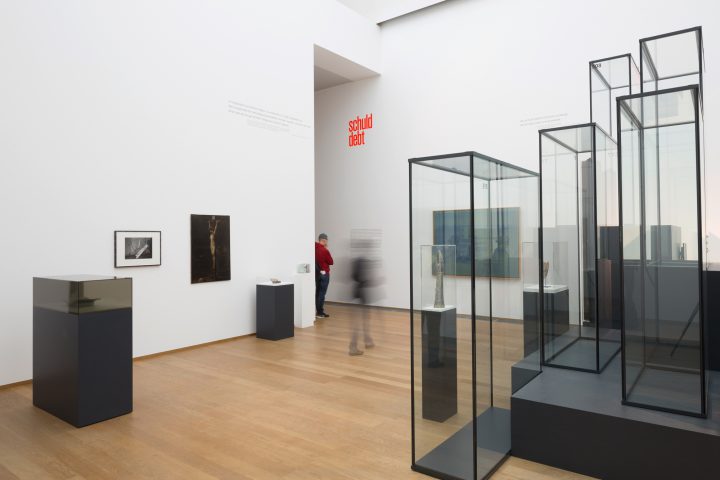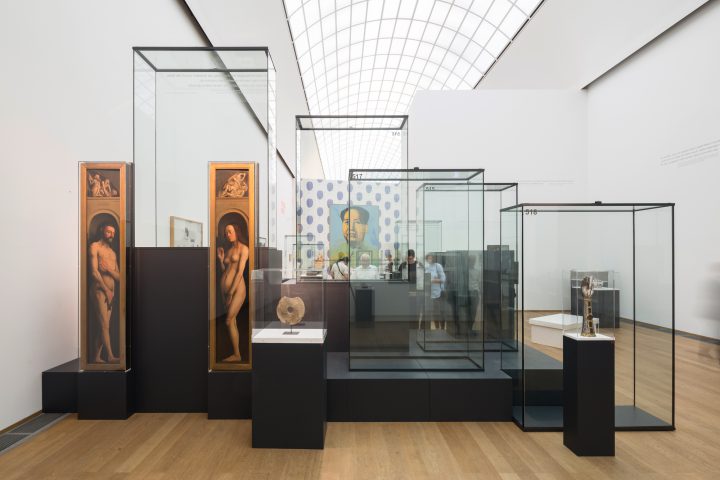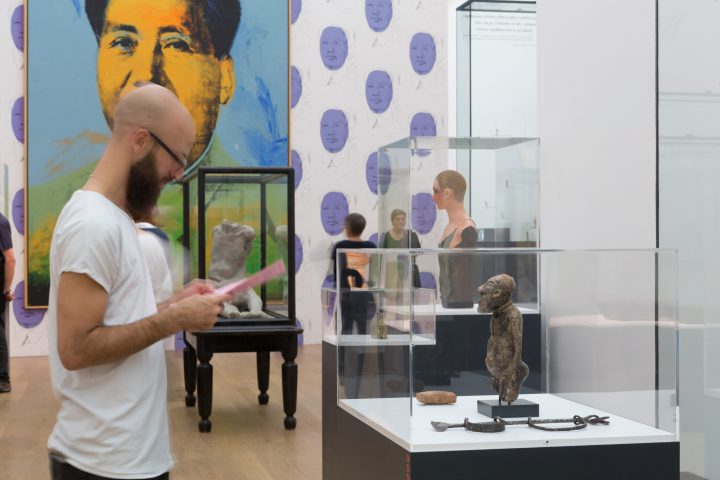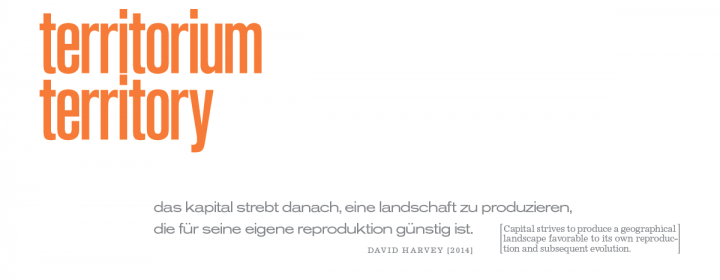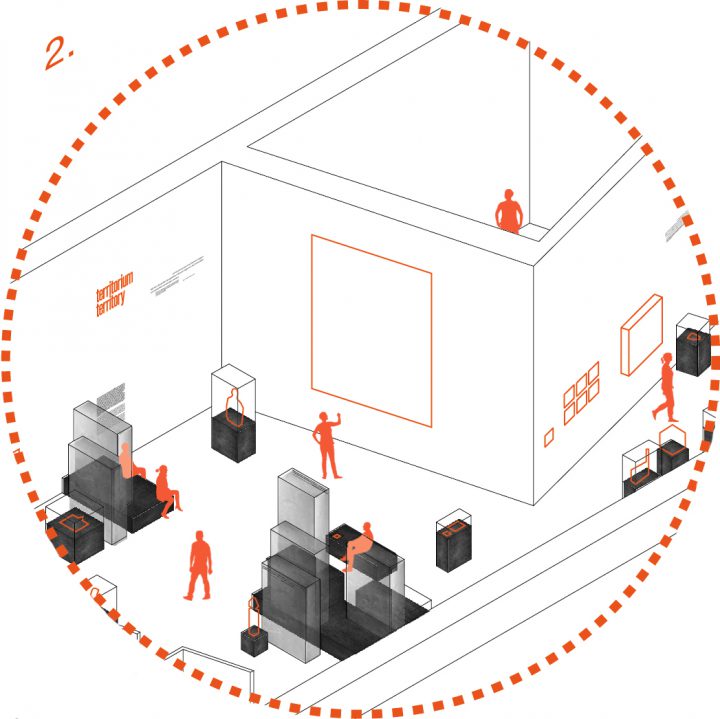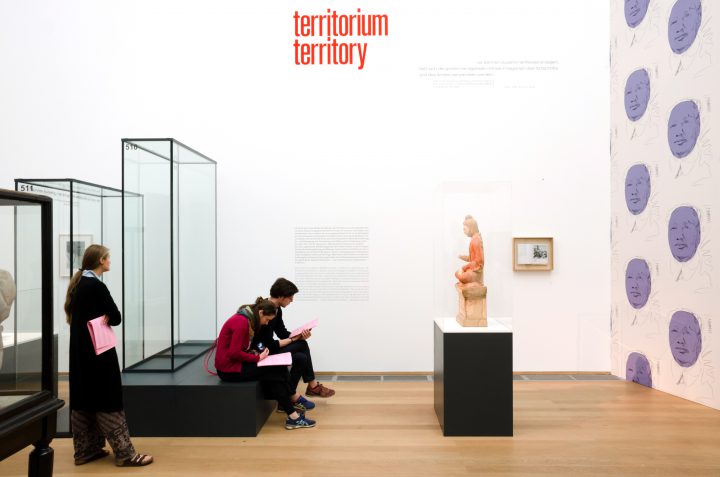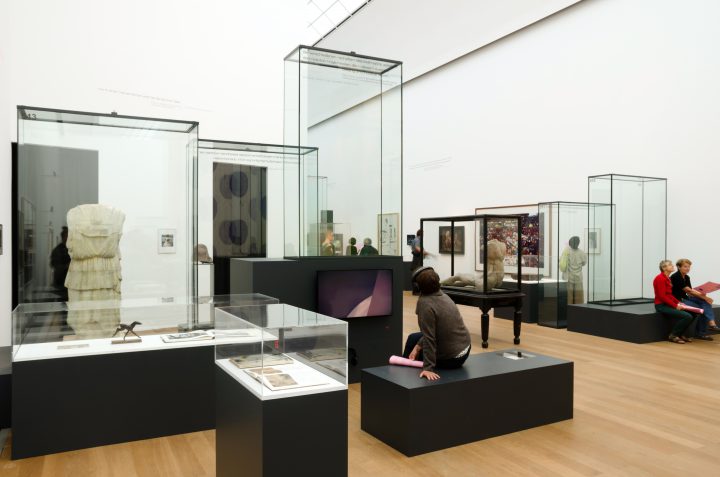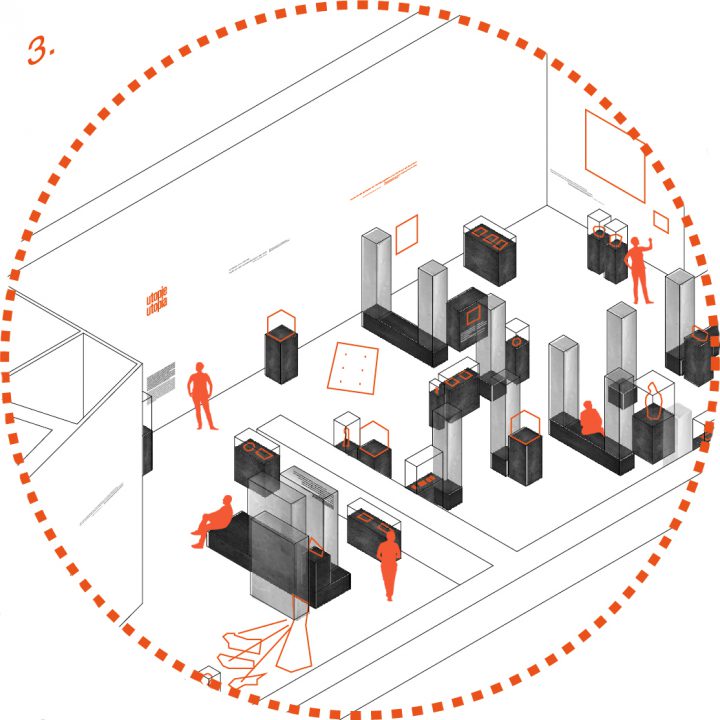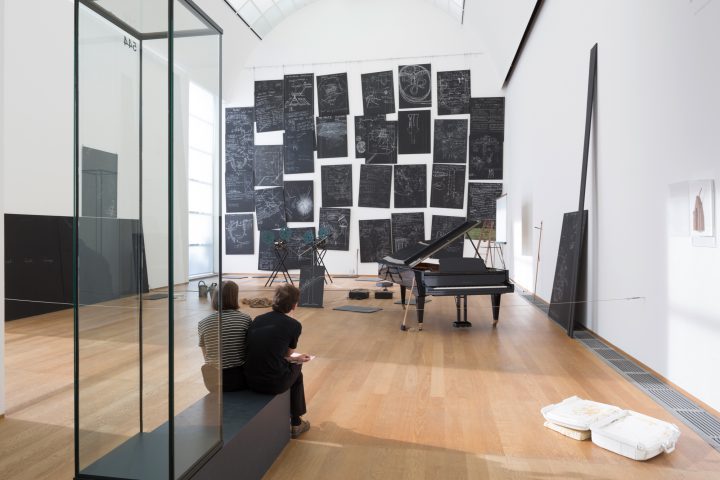Das Kapital
SCHULD – TERRITORIUM – UTOPIE
Ausstellung 02.07.2016 bis 06.11.2016
Nach Banken-, Finanz- und Eurokrise ist die Frage nach dem Verhältnis des Menschen zum Kapital drängender denn je. Die Nationalgalerie im Hamburger Bahnhof- Museum für Gegenwart – Berlin unternimmt mit einer epochen- und raumübergreifenden Ausstellung nun das Experiment, Beuys‘ Paradigmenwechsel zu folgen und dem Begriff des Kapitals auf den Grund zu gehen.
Ausgangpunkt ist dabei das Schlüsselwerk Das Kapital Raum 1970–1977 von Joseph Beuys, das dieser 1980 für die Biennale in Venedig geschaffen hat. Beuys‘ radikale Neudefinition von Kapital fand hier ihren Höhepunkt. Nicht Geld, sondern das schöpferische Potenzial des Menschen war in Beuys‘ Denken gleich bedeutend mit dem Wertvollen: »Kunst = Kapital«.
After bank, financial and euro crisis, the question of the people relation to the capital is more urgent than ever. The National Gallery’s Hamburger Bahnhof- Museum für Gegenwart – Berlin ranges widely in both space and time. It undertakes an experiment, seeking to grasp Beuys’s paradigm shift and systematically explore his concept of capital.
The starting point is the main work Das Kapital Raum (1970-1977) that Joseph Beuys created in 1980 for the Venice Biennale. During this period, Beuys developed a new definition of capital: released from its relation to money, his new conception put the creative potential of human beings at the centre of economic thought: “Art = Capital“
Eine Landschaft aus leeren Vitrinen bildet die räumliche Struktur für die in drei Kapitel gegliederte Ausstellung: Schuld-Territorium-Utopie. In vielfältigen Raumsequenzen entsteht ein Parcour bei dem der Besucher zum Teil der Ausstellungslandschaft wird. Dabei sind die leeren Vitrinen, diese „Leerstellen“ auch Denkräume, werfen Fragen auf nach der Rolle der Kunst und was sie zukünftige sein kann.
Parallel zu der Planung der Ausstellung wurde die Sammlung Nordamerika im Ethnologisches Museum Berlin Dahlem eingepackt für den Umzug ins Humbold-Forum im zukünftigen Berliner Stadtschloss. Die entleerten Vitrinen wurden zum Rohmaterial für die Ausstellungsarchitektur: Das Kapital.
A landscape of empty vitrines forms the spatial structure of the exhibition into three chapters: Debt-Territory-Utopia. The architecture is creating diverse room sequences in which the visitor finally becomes part of the exhibition landscape. The empty vitrines, also think as „empty-room“, raise questions about the role of art and what it may be in the future.
In parallel with the planning of the exhibition, it turns out that the collection « North America » in Berlin Dahlem Ethnological Museum was dismounted to be exposed to the Humboldt Forum in the future Berlin City Palace. The « empty-room » vitrines are the raw material for the exhibition architecture: Capital.
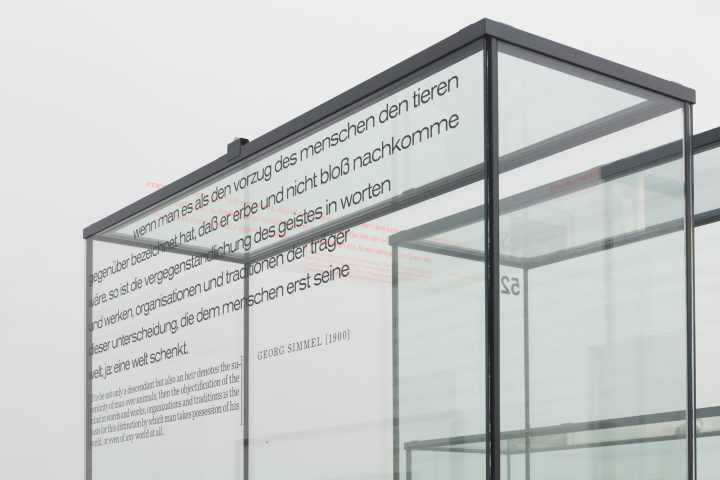 Photo © Nationalgalerie im Hamburger Bahnhof, SMB / Thomas Bruns
Photo © Nationalgalerie im Hamburger Bahnhof, SMB / Thomas Bruns
In drei Kapiteln untersucht die Ausstellung die sich wandelnde Definition von Kapital. Dem ersten Kapitel – Schuld – liegt die These zugrunde, dass Schulden (v.a. die religiöse Erbschuld) älter und grundlegender sind als das Geld.
In three chapters, the exhibition examines the changing definition of capital.
The first chapter – debt – is the thesis that underlies debt as older and more basic than the money.
Photo © Nationalgalerie im Hamburger Bahnhof, SMB / Thomas Bruns
Photo © Nationalgalerie im Hamburger Bahnhof, SMB / Thomas Bruns
Photo © Nationalgalerie im Hamburger Bahnhof, SMB / Thomas Bruns
Photo © Nationalgalerie im Hamburger Bahnhof, SMB / Thomas Bruns
Der zweite Teil – Territorium – widmet sich der in der frühen Neuzeit aufkommenden Verflechtung von Kapital mit der Entdeckung und Eroberung des globalen Raumes.
The second chapter – territory – dedicated to the emerging in the early modern era interweaving of capital with the discovery and conquest of the global space.
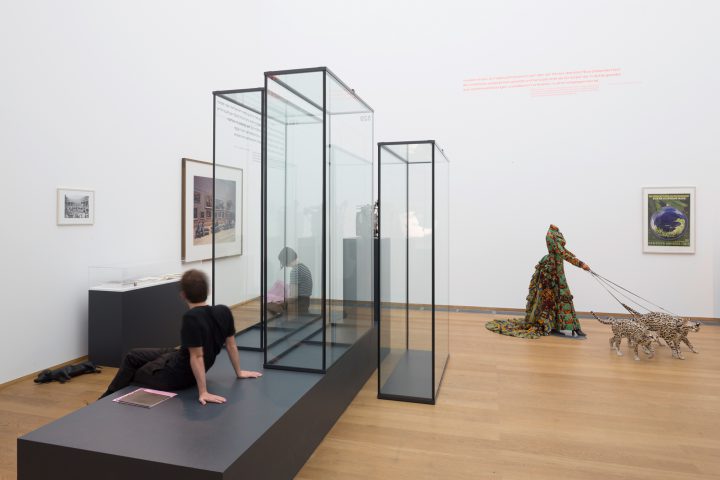
Photo © Nationalgalerie im Hamburger Bahnhof, SMB / Thomas Bruns
Das dritte Kapitel schließlich – Utopie – hinterfragt den positiven, in der Kreativität begründeten Kapitalbegriff von Joseph Beuys.
The third chapter finally – utopia – questioned the positive, grounded in creativity capital concept of Joseph Beuys.
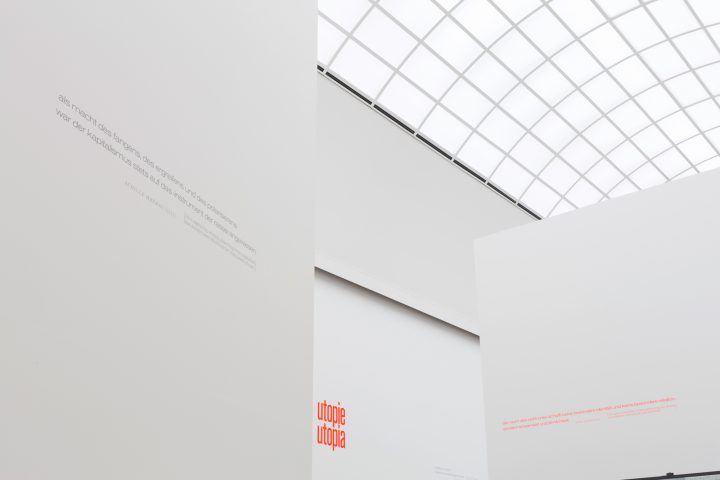
Photo © Nationalgalerie im Hamburger Bahnhof, SMB / Thomas Bruns
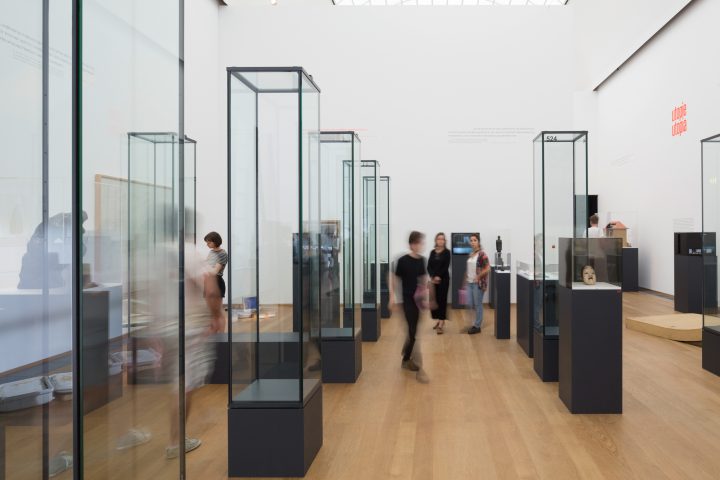
Photo © Nationalgalerie im Hamburger Bahnhof, SMB / Thomas Bruns
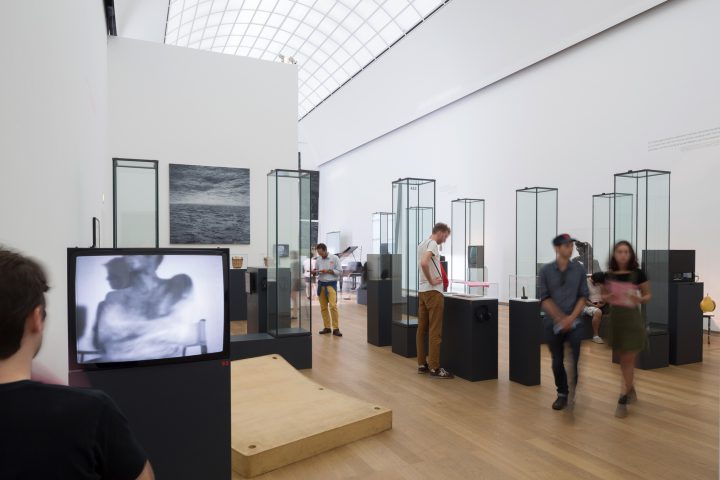
Photo © Nationalgalerie im Hamburger Bahnhof, SMB / Thomas Bruns
„Über allem steht das Kapital als zentraler Begriff unserer Gegenwart: Jede Bewegung, der westliche Wohlstand, aber auch jede Art von Umweltzerstörung, Krieg, oder sozialer Verwerfung hat mit dem Kapitaltransfer zu tun. Uns interessiert aber noch mehr die Umdeutung des Kapitalbegriffs durch Joseph Beuys, der das geistige und kreative Vermögen des Menschen als das wahre Kapital gesehen hat. Beuys setzte die Kunst dem Kapital gleich. Also formulieren wir eine
Ausstellung, die sich nicht nur in der Kapitalismuskritik bewegt, sondern die positive Ausdeutung des Kapitalbegriffs in den Blick nimmt und besonders das Vermögen der Kunst in das Zentrum stellt.“
(Eugen Blume, Direktor Hamburger Bahnhof, Beitrag Deutschlandradio 29.6.16)
« Over all, the capital is a central concept of our existence: Every movement of Western prosperity, but also any kind of environmental destruction, war, or social rejection has to do with the transfer of capital. We are interested in the interpretation of the concept of capital by Joseph Beuys, who saw the intellectual and creative capacity of the people as the true capital. Beuys sat the art capital equal. So we formulate an exhibition that not only moves in the critique of capitalism, but the positive interpretation of the concept of capital taking in the view and especially provides the wealth of art in the center. »
(Eugen Blume, Director Hamburger Bahnhof, Germany Post Radio 29/06/16)
Photo © Nationalgalerie im Hamburger Bahnhof, SMB / Thomas Bruns
